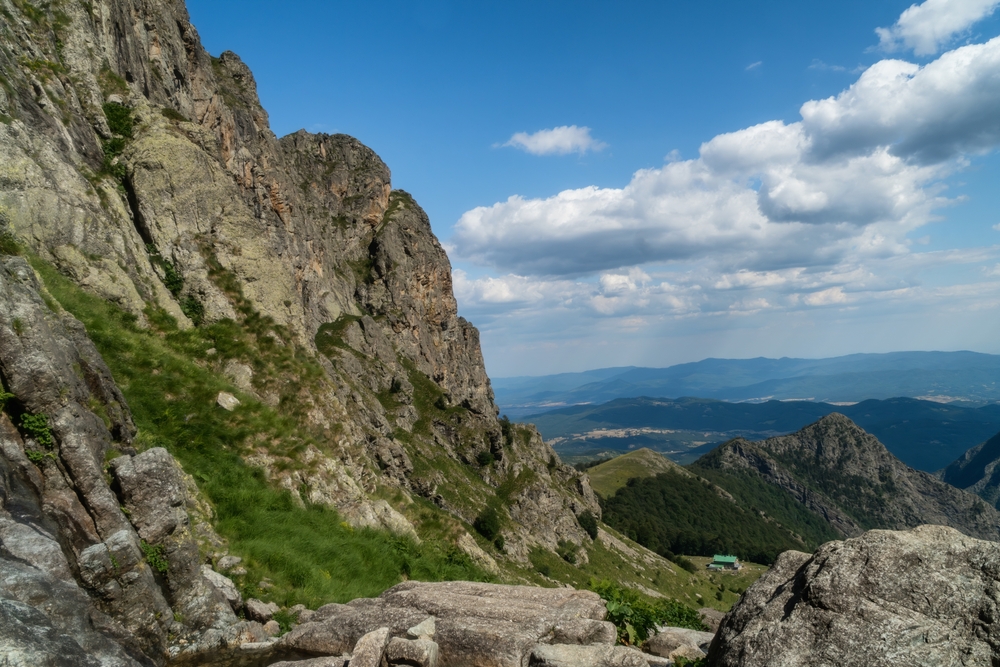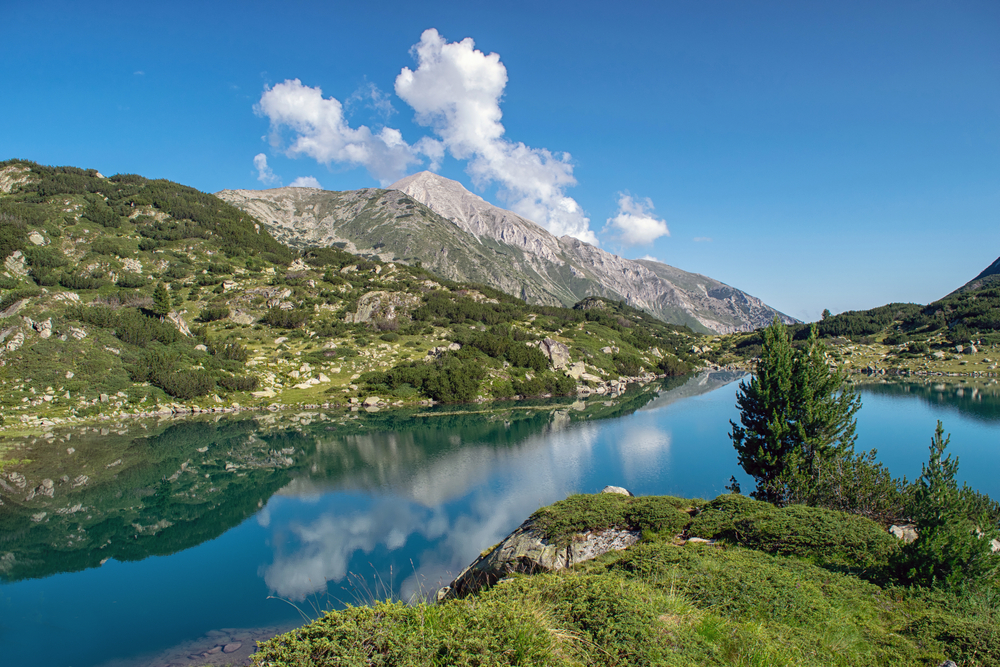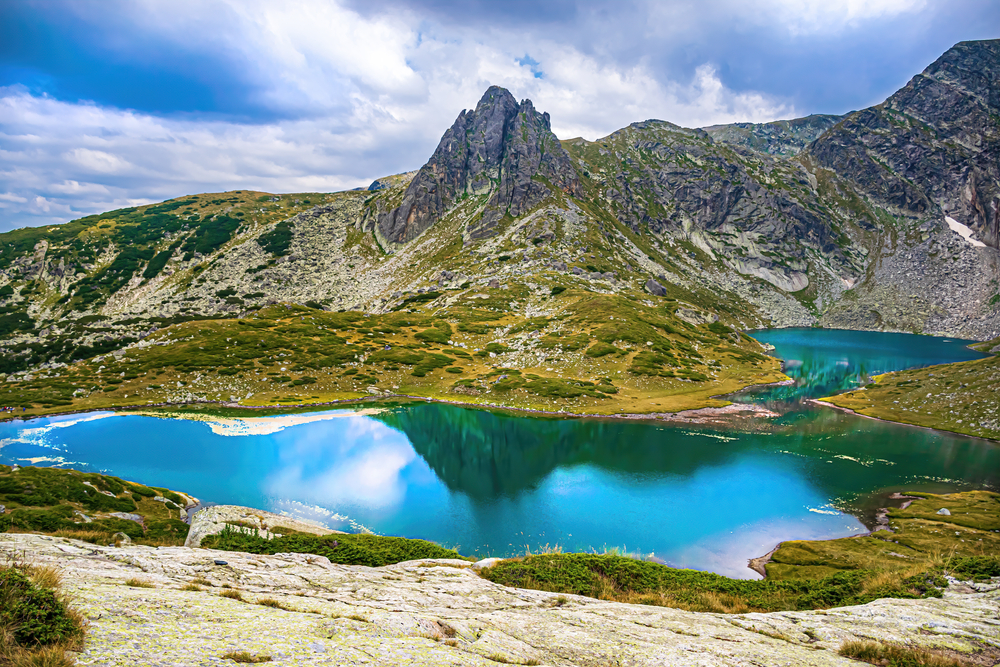Central Balkan Overview
Central Balkan National Park, known locally as Централен Балкан Национален парк (Tsentralen Balkan Natsionalen Park), is one of Bulgaria’s most treasured natural areas. Established in 1991, it spans a remarkable 284 square miles (734 square kilometers) and is located in the heart of Bulgaria, encompassing the central and highest portions of the Balkan Mountain range, also known as Stara Planina.
This vast expanse of wilderness is a haven of biodiversity and stunning landscapes, showcasing some of Europe’s most pristine ecosystems. The park’s terrain is diverse and dramatic, featuring towering peaks, deep valleys, and expansive plateaus. One of its most iconic landmarks is Botev Peak, the highest point in the Balkan Mountains, rising to an impressive 7,795 feet (2,376 meters) above sea level.
The landscape is dotted with cascading waterfalls, including the majestic Raysko Praskalo, the tallest waterfall in the Balkans at 124 meters (407 feet). Dense beech forests, ancient pine groves, and alpine meadows characterize the park’s vegetation, creating a patchwork of green that changes with the seasons. During spring and summer, wildflowers such as edelweiss and orchids blanket the meadows, adding bursts of color to the rugged mountain backdrop.
Wildlife thrives in Central Balkan National Park, making it an exciting destination for nature enthusiasts. The park is home to over 2,340 species of plants and animals, many of which are rare or endangered. Large mammals such as brown bears, gray wolves, and red deer roam freely through the forests, while wild boars and European roe deer are commonly spotted.
Birdwatchers will be thrilled by the park’s avian diversity, which includes the golden eagle, peregrine falcon, and Ural owl. The Balkan chamois, a symbol of the park’s conservation efforts, can sometimes be seen navigating the rocky cliffs.
Visitors to the park are drawn not only by its natural beauty but also by its cultural heritage. The area is steeped in history, with ancient trails, monasteries, and traditional mountain villages adding depth to the experience.
Outdoor activities such as hiking, horseback riding, and mountain biking are popular ways to explore the park’s extensive network of trails, which range from gentle walks through forests to challenging climbs up steep mountain paths. During the winter months, cross-country skiing and snowshoeing offer a unique way to experience the snow-covered landscape.
Despite its beauty, the park faces conservation challenges. Habitat degradation, illegal logging, and poaching remain threats to its delicate ecosystems. However, significant strides have been made in conservation efforts.
The park is a UNESCO-designated biosphere reserve and a Natura 2000 site, ensuring international recognition and support for its protection. Local and national initiatives have focused on reforestation, wildlife monitoring, and sustainable tourism, fostering a delicate balance between human activity and ecological preservation.












































































